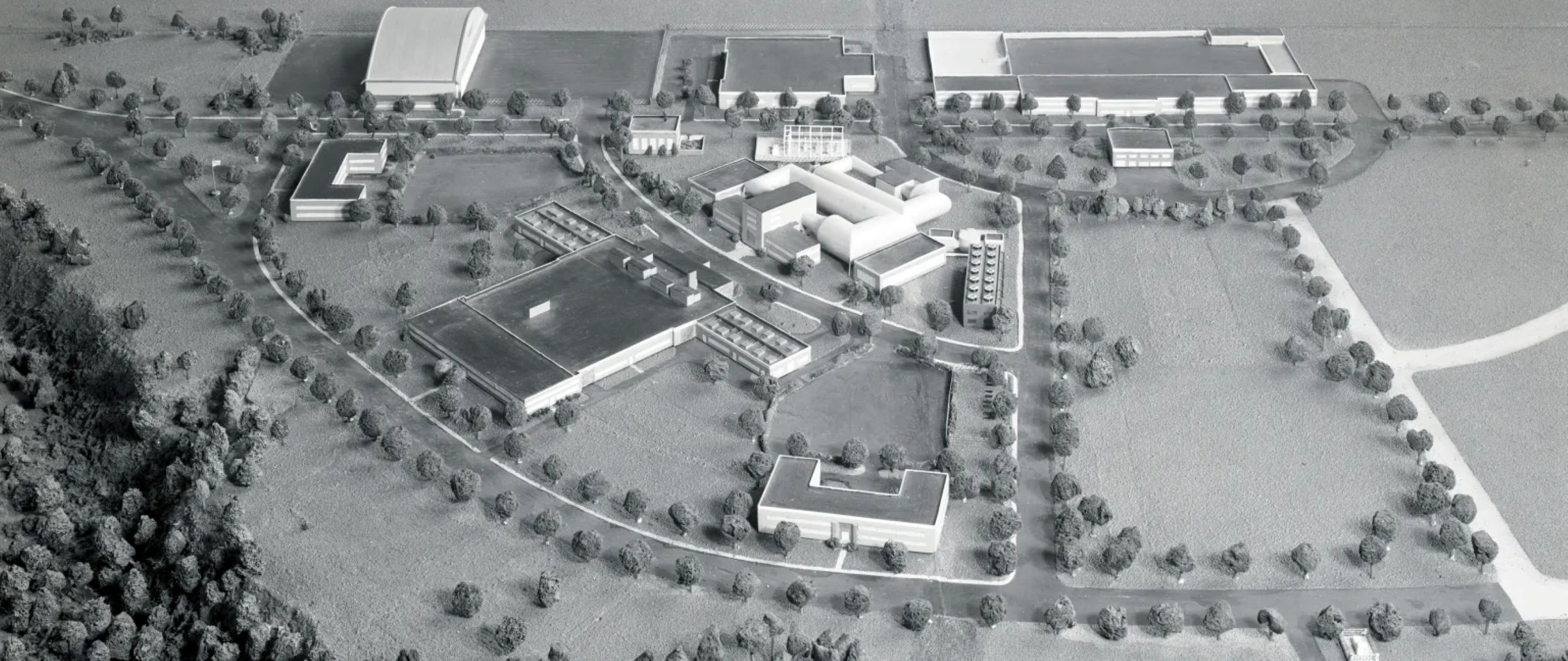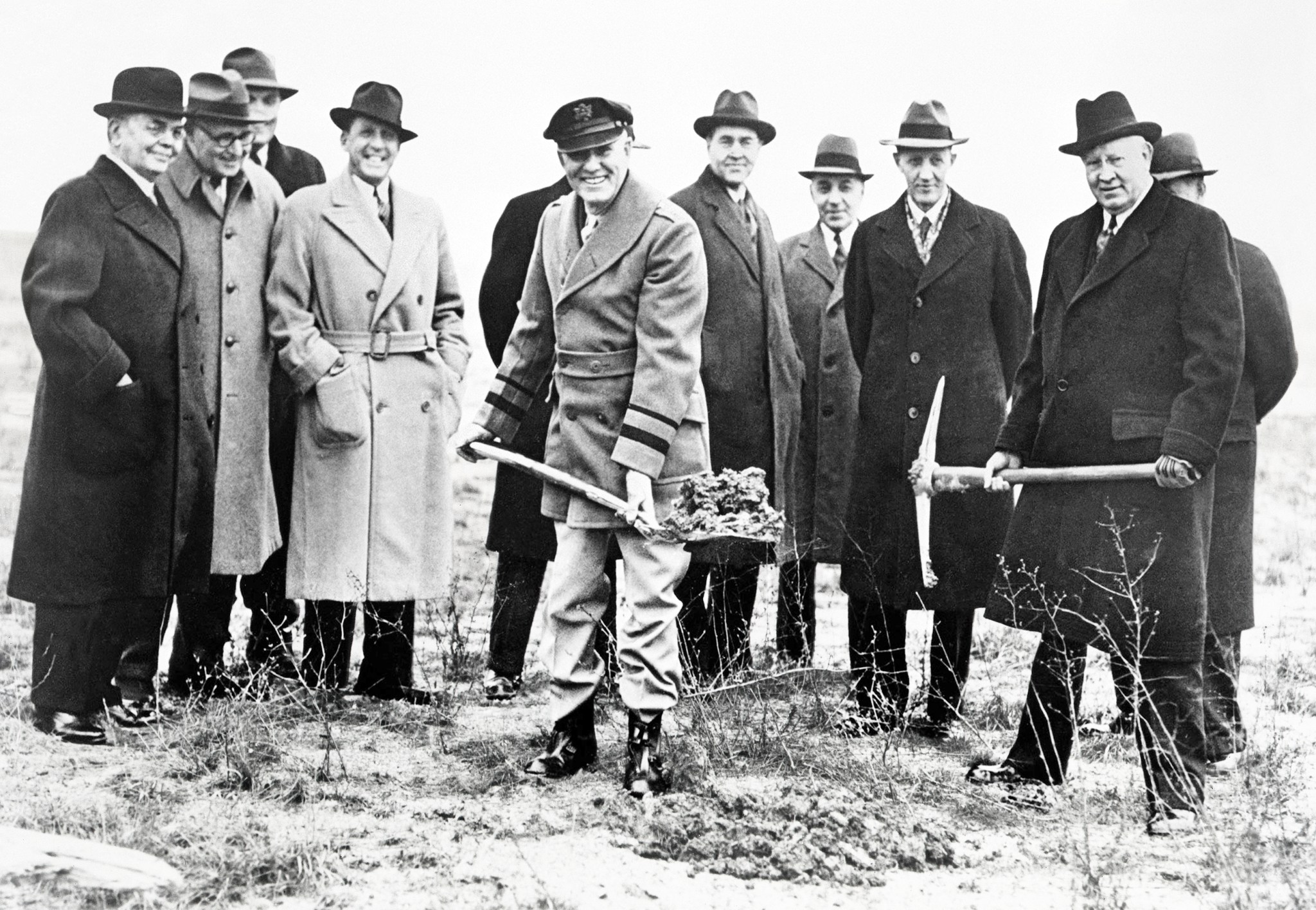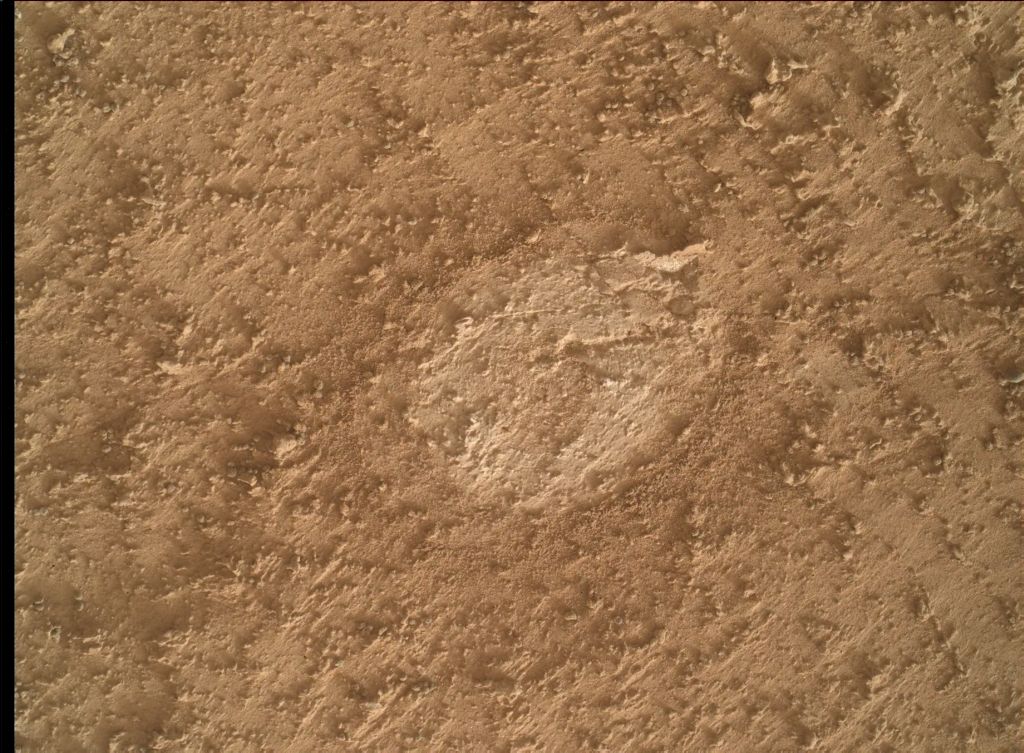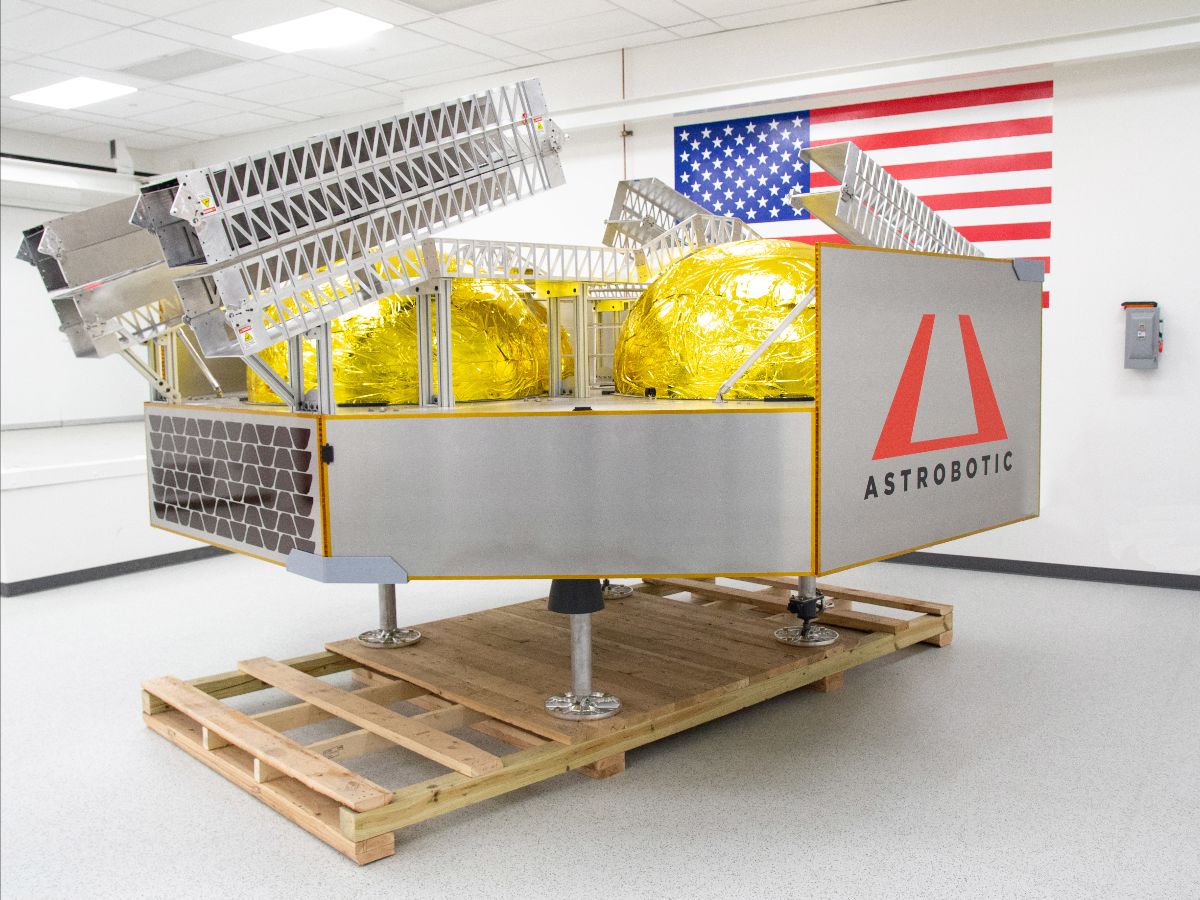NASA Glenn Established in Cleveland in 1941

On January 23, 1941, local authorities, military representatives, and agency officials assembled in Cleveland to initiate construction of the National Advisory Committee for Aeronautics (NACA) new research laboratory. NACA Director of Research George Lewis stated, “I feel confident today in saying that this new aircraft engine research laboratory will be the mecca for all the world’s aircraft engine engineers and research workers.”
Today, the laboratory, now known as NASA’s John H. Glenn Research Center, is one of 10 centers and a leading economic contributor to the Cleveland area.
Exactly one year before the groundbreaking, the NACA formally proposed the creation of a new research lab dedicated to aero propulsion. During the interim, the committee evaluated locations for the facility across the Midwest before selecting Cleveland, Ohio in November 1940.
The Cleveland Chamber of Commerce scheduled a full day of activities for that cold January Thursday in 1941. In the morning, the cadre of officials toured the Alcoa and the Cleveland Pneumatic Tool Company plants. The former was a key supplier of aluminum aircraft parts and the latter produced landing gears for the Douglas XB–19—then, the nation’s largest bomber.
Afterwards the group joined 240 local businessmen in the Hotel Cleveland’s Red Room for a luncheon hosted by Cleveland’s newly elected mayor Edward Blythin and Chamber of Commerce President Frederick Crawford. The George Worthington Hardware Company presented the NACA with a chrome-plated pick and shovel to be used for the groundbreaking.
NACA officials described the site selection activities, while Crawford reminded area businesses to maintain their pledges of support to the NACA. Lewis told the attendees, “The future of aviation as regards to speed, efficiency, and safety, will, in a very large measure, depend on the results which come from this laboratory.”
With the war in Europe on the front pages, Edward Warner of Civil Aviation Authority added ominously, “What we are doing here today may mean the difference between America’s survival and subjugation. The difference between winning a war and losing it may be the difference between a 1,000- and 2,000-horsepower motor, or the difference between the ability to fly at 20,000 feet or 30,000 feet.”
In the afternoon the group traveled out to the construction site adjacent to Cleveland Municipal Airport. Shortly after 3 p.m., Lewis struck the ground with the chrome pick to loosen the soil, which Major General George Brett, acting chief of the Army Air Corps, then scooped up. The moment was immortalized by a local newspaper photographer.
That evening, Crawford held a dinner for the dignitaries at the Union Club. Construction of the NACA laboratory began in the ensuing days. Research commenced in May 1942.

NACA and city officials broke ground at the future site of the NASA Glenn Research Center. From left to right: William Hopkins (former city manager), John Berry (airport manager), Ray Sharp (AERL), Frederick Crawford (Chamber of Commerce), George Brett (Air Corps), [behind] S. Paul Johnston (NACA), Edward Warner (Civil Aeronautics Board), Sydney Kraus (Bureau of Aeronautics), Edward Blythin (Cleveland mayor) and George Lewis (director of NACA research).
NASA
Robert S. Arrighi
NASA’s Glenn Research Center





